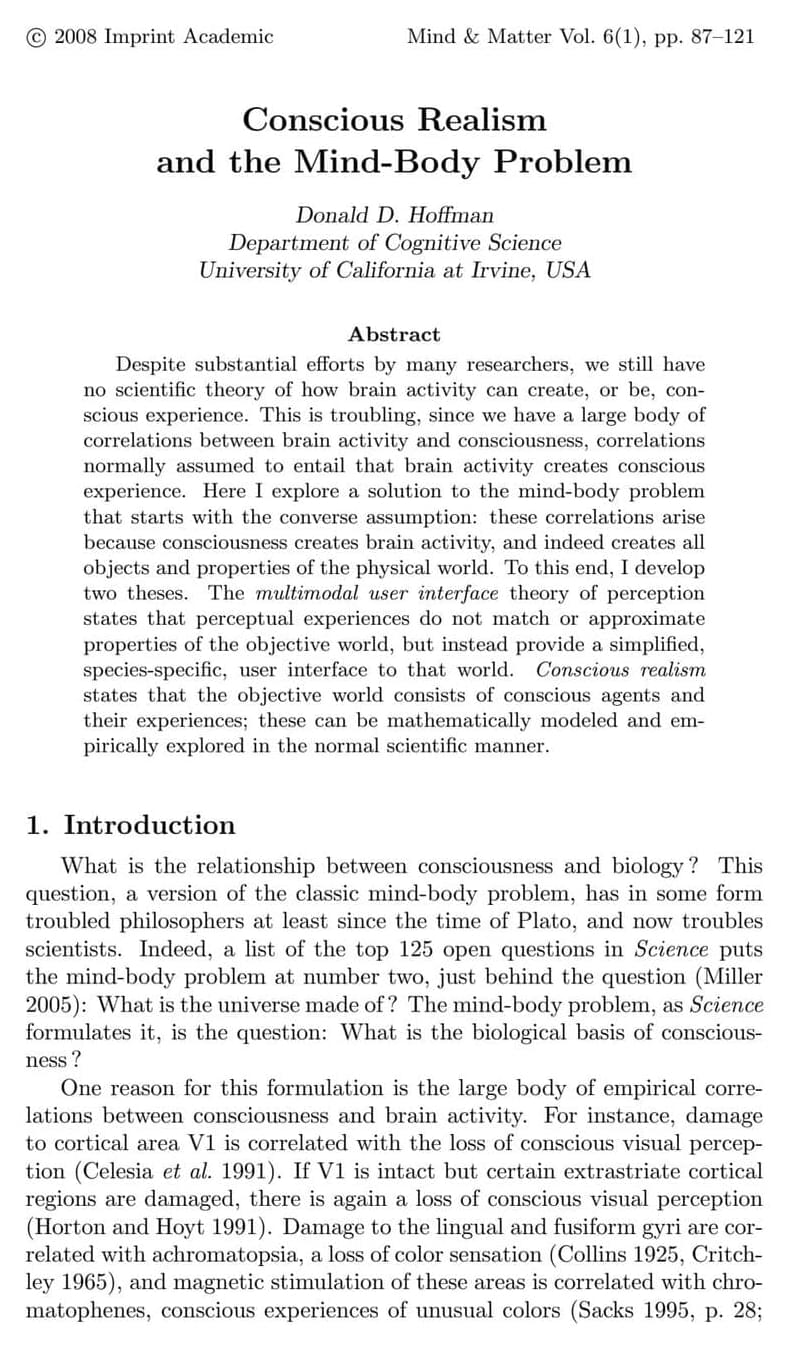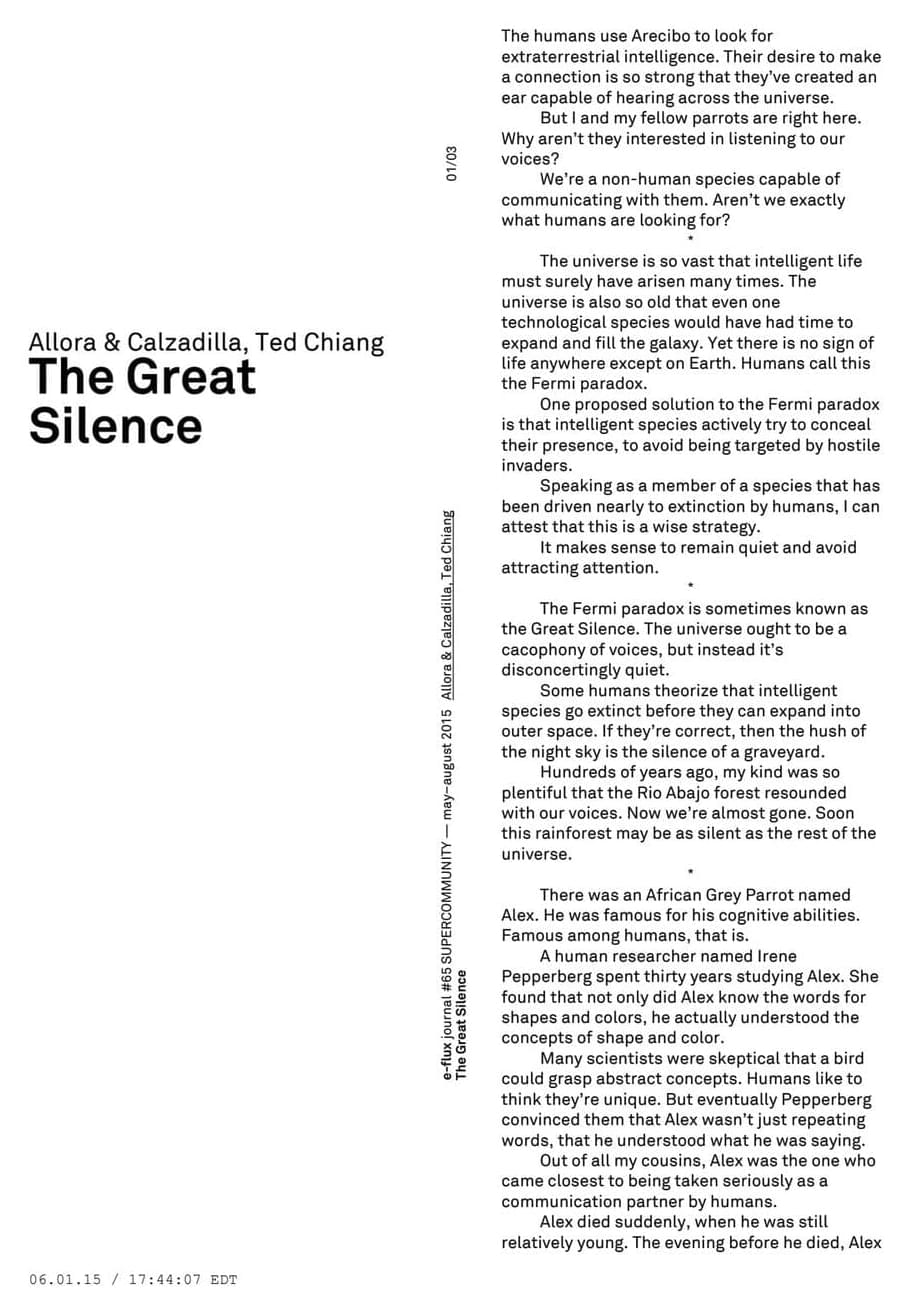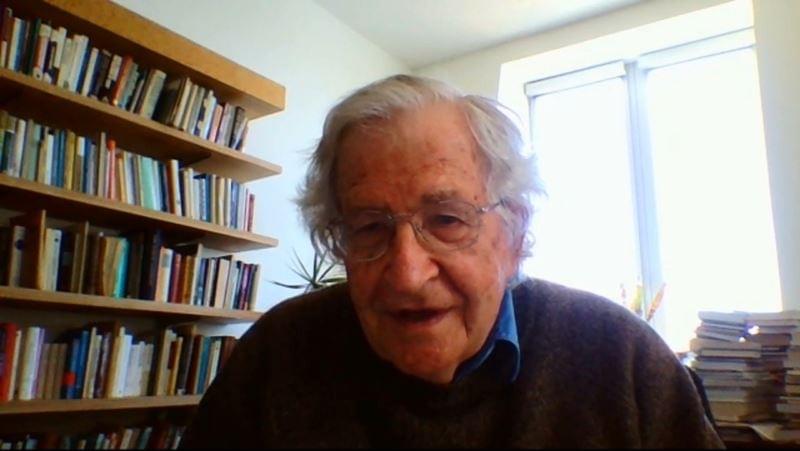Gravity condensate.
Dropbox is a free service that lets you bring your photos, docs, and videos anywhere and share them easily. Never email yourself a file again!
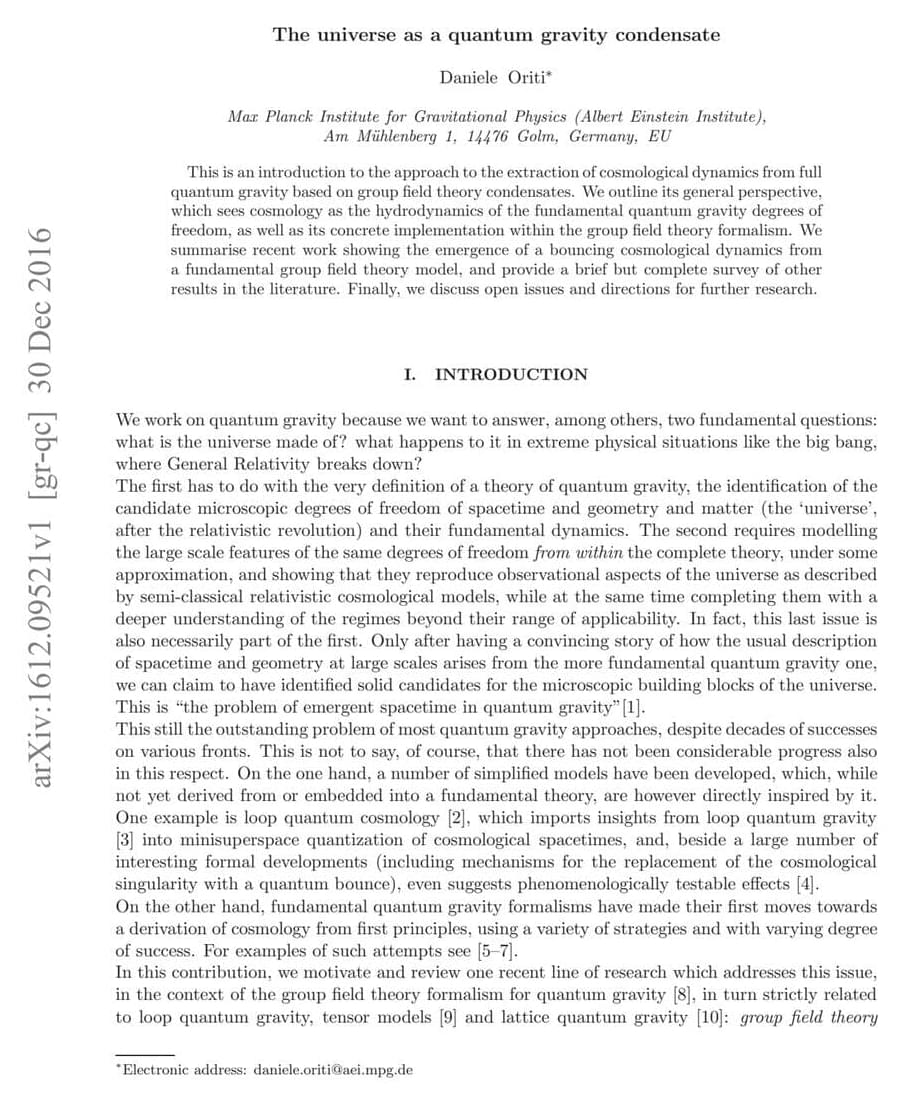
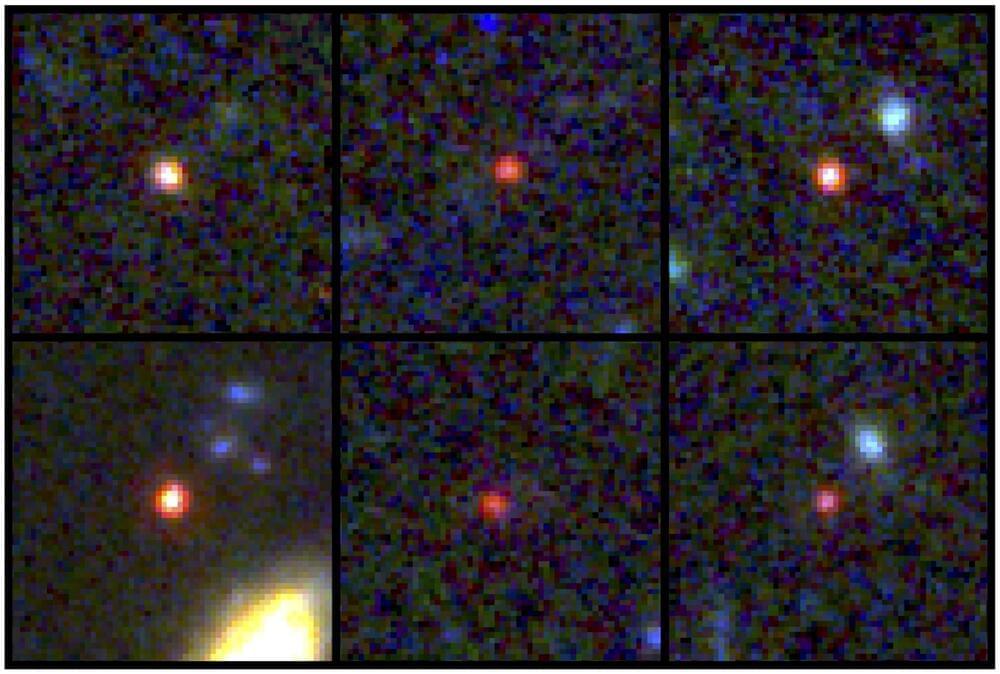
Six massive galaxies discovered in the early universe are upending what scientists previously understood about the origins of galaxies in the universe.
“These objects are way more massive than anyone expected,” said Joel Leja, assistant professor of astronomy and astrophysics at Penn State, who modeled light from these galaxies. “We expected only to find tiny, young, baby galaxies at this point in time, but we’ve discovered galaxies as mature as our own in what was previously understood to be the dawn of the universe.”
Using the first dataset released from NASA’s James Webb Space Telescope, the international team of scientists discovered objects as mature as the Milky Way when the universe was only 3% of its current age, about 500–700 million years after the Big Bang. The telescope is equipped with infrared-sensing instruments capable of detecting light that was emitted by the most ancient stars and galaxies. Essentially, the telescope allows scientists to see back in time roughly 13.5 billion years, near the beginning of the universe as we know it, Leja explained.

😗
The measurements from ancient and dormant galaxies show black holes growing more than expected, aligning with a phenomenon predicted in Einstein’s theory of gravity. The result potentially means nothing new has to be added to our picture of the Universe to account for dark energy: black holes combined with Einstein’s gravity are the source.
Study co-author Dr Chris Pearson, from STFC RAL Space, said: “If the theory holds, then this is going to revolutionize the whole of cosmology, because at last we’ve got a solution for the origin of dark energy that’s been perplexing cosmologists and theoretical physicists for more than 20 years.”
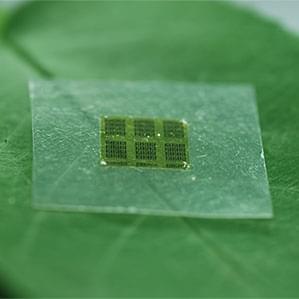
Year 2015 face_with_colon_three
Biodegradable, wood-based computer chips can perform just as well as chips commonly used for wireless communication, according to new research.
The inventors argue that the new chips could help address the global problem of rapidly accumulating electronic waste, some of which contains potentially toxic materials. The results also show that a transparent, wood-derived material called nanocellulose paper is an attractive alternative to plastic as a surface for flexible electronics.
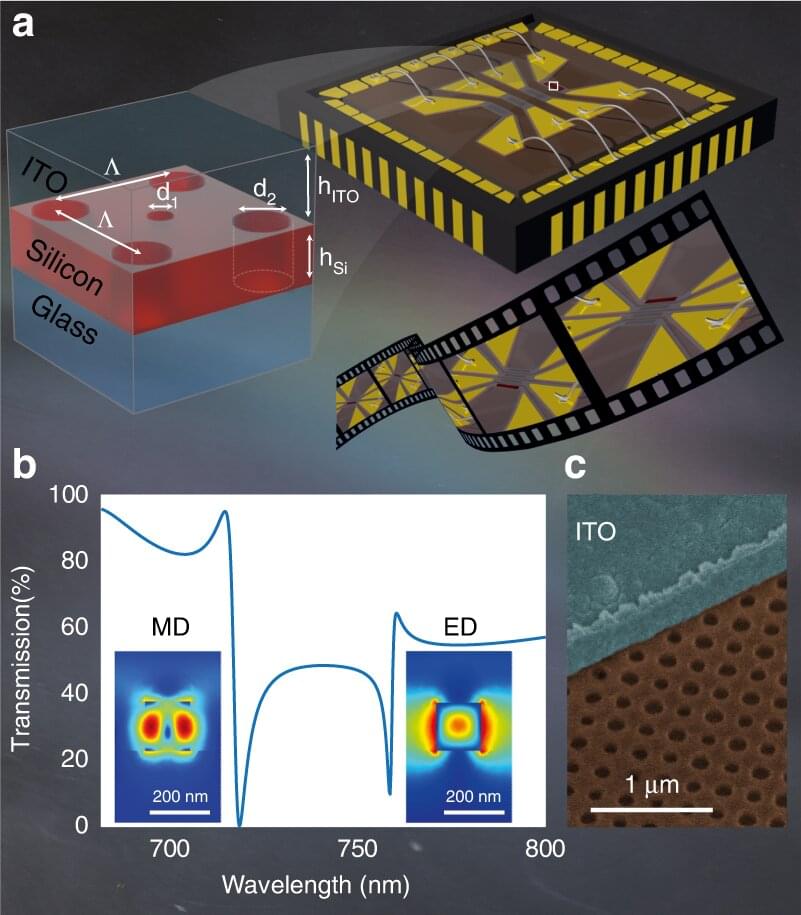
Researchers have developed a proof of concept technology that could pave the way for next-generation displays beyond current LCDs and LEDs, enabling screens and electronic devices to become thinner, offer higher resolution and be much more energy efficient.
A team at Nottingham Trent University, the Australian National University and the University of New South Wales Canberra in Australia has engineered electrically tunable arrays of nanoparticles called “metasurfaces,” which can offer significant benefits over current liquid crystal displays.
Today’s display market offers a large range of choices, each with its pros and cons. However factors including production costs, lifespan and energy consumption have kept liquid crystal technology the most dominant and popular technology for screens such as TV sets and monitors.
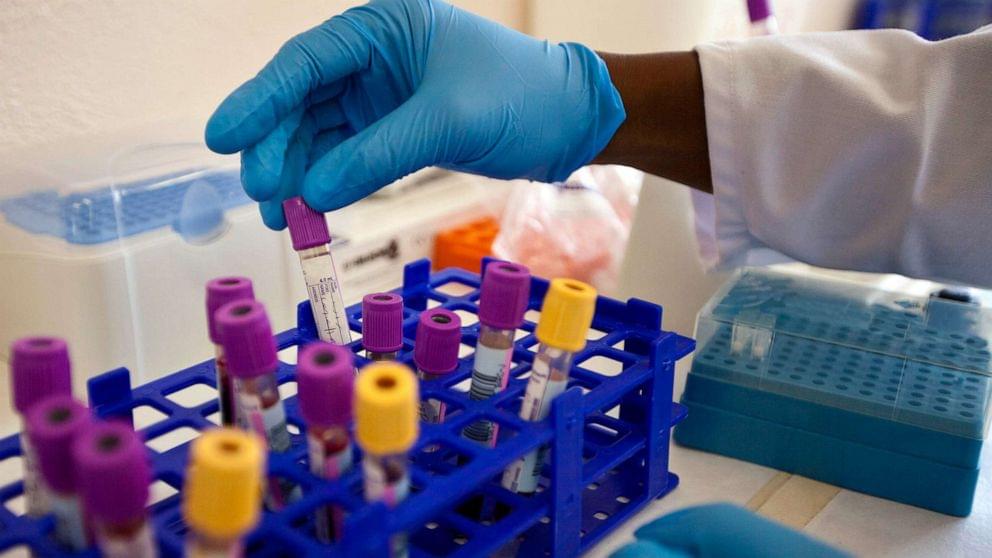
Researchers are announcing that a 53-year-old man in Germany has been cured of HIV.
Referred to as “the Dusseldorf patient” to protect his privacy, researchers said he is the fifth confirmed case of an HIV cure. Although the details of his successful treatment were first announced at a conference in 2019, researchers could not confirm he had been officially cured at that time.
Today, researchers announced the Dusseldorf patient still has no detectable virus in his body, even after stopping his HIV medication four years ago.
